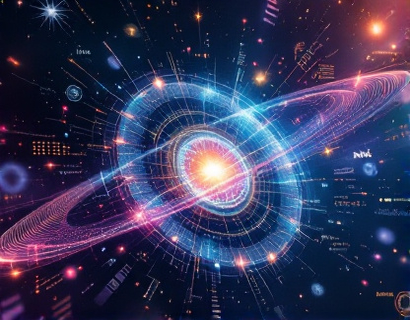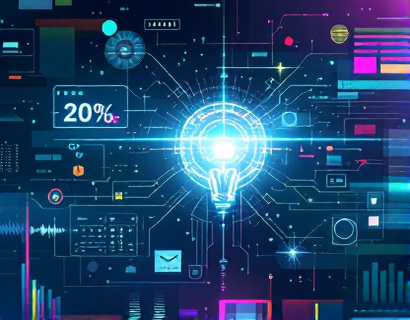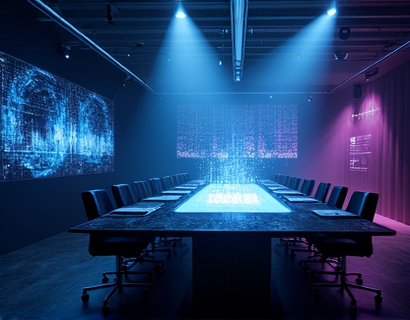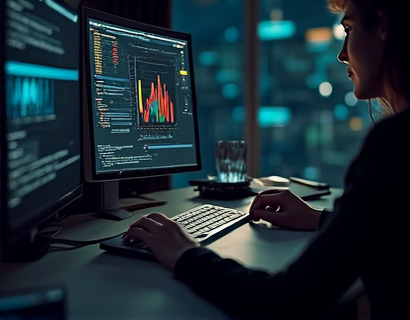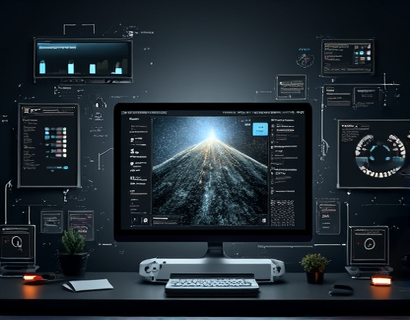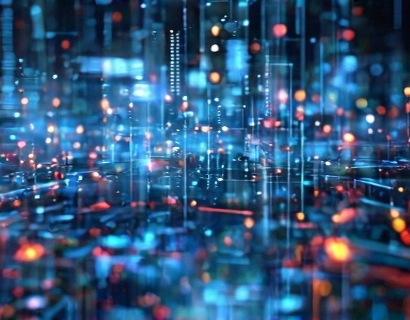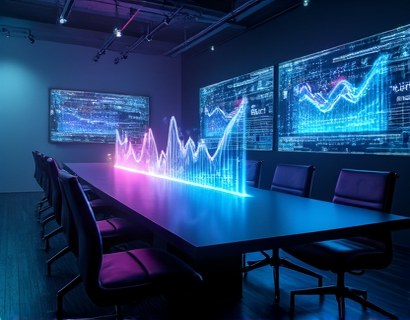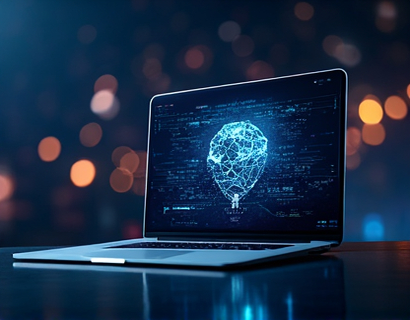Unlocking the World of Unique Digital Assets: A Premier Guide for Enthusiasts and Collectors
The digital age has ushered in a new era of collectibles and assets, transcending the physical boundaries that once defined value and rarity. In this comprehensive guide, we delve into the fascinating world of unique digital assets, offering a premier platform for enthusiasts and collectors to explore, connect, and engage with a diverse array of digital treasures. This guide aims to provide an in-depth understanding of the various types of digital assets available, their value propositions, and the ecosystems that support them.
Understanding Digital Assets
Digital assets encompass a wide range of items that exist in digital form and hold value. These can include digital art, collectible NFTs (Non-Fungible Tokens), virtual real estate, in-game items, and more. Unlike traditional assets, digital assets are often secured on blockchain technology, ensuring transparency, ownership verification, and scarcity. This technological foundation is crucial for building trust and value in the digital asset market.
Digital art, a prominent category within this realm, includes visually stunning pieces created using digital tools and software. These artworks can range from simple graphics to complex 3D models and animations. The rise of blockchain technology has enabled artists to tokenize their creations as NFTs, providing a new way to authenticate, own, and trade digital art. This has opened up unprecedented opportunities for artists to monetize their work and for collectors to acquire unique pieces.
Exploring the Diversity of Digital Assets
The landscape of digital assets is vast and varied, catering to a wide range of interests and preferences. Here, we highlight some of the key categories and types of digital assets that enthusiasts and collectors might find intriguing.
Digital Art
Digital art has gained significant traction, with artists pushing the boundaries of creativity and innovation. These pieces can be static images, animations, or interactive experiences. The use of blockchain ensures that each digital artwork is unique and verifiable, making it a valuable addition to any collection. Platforms like OpenSea and Rarible have become popular marketplaces for buying, selling, and trading digital art NFTs.
One notable aspect of digital art is its ability to incorporate interactive elements and augmented reality (AR). Artists can create immersive experiences that engage viewers in new and exciting ways. For instance, an NFT might unlock an AR experience when viewed through a smartphone, adding a layer of interactivity that traditional art cannot offer.
Collectible NFTs
Collectible NFTs are digital assets designed to be rare and collectible, often inspired by real-world collectibles such as sports cards, comic books, and limited edition merchandise. These NFTs can represent anything from virtual pets to exclusive in-game items. The scarcity and uniqueness of each NFT drive their value, making them highly sought after by collectors.
One of the most popular platforms for collectible NFTs is CryptoPunks, where users can collect, trade, and breed unique digital creatures. Each CryptoPunk is distinct, with its own appearance, abilities, and rarity, making the collection and trading of these NFTs a fascinating hobby.
Virtual Real Estate
Virtual real estate refers to digital land or property within virtual worlds or blockchain-based platforms. This type of asset has gained attention, particularly with the rise of metaverse concepts. Owning virtual real estate can provide a sense of ownership and exclusivity in digital spaces, similar to owning property in the physical world.
Platforms like Decentraland and Sandbox allow users to buy, sell, and develop virtual land. These platforms often feature customizable environments, enabling owners to create unique spaces for various purposes, from virtual parties to business ventures. The potential for development and monetization makes virtual real estate an attractive investment opportunity.
In-Game Items
In-game items are another significant category of digital assets. These can range from weapons and armor in video games to unique skins and accessories. The value of in-game items is often determined by their rarity, utility, and demand within the game's community. Blockchain technology can enhance the ownership and trading of these items, ensuring their authenticity and transferability outside the game environment.
For example, items from popular games like Fortnite or Apex Legends can be tokenized as NFTs, allowing players to own and trade these digital items on secondary markets. This not only adds value to the items but also creates new revenue streams for both players and game developers.
Benefits of Digital Assets for Enthusiasts and Collectors
The emergence of digital assets offers numerous benefits for enthusiasts and collectors. Here are some key advantages:
- Uniqueness and Scarcity: Digital assets can be designed to be unique and scarce, similar to physical collectibles. This scarcity drives value and makes each asset special.
- Ownership Verification: Blockchain technology ensures that ownership is transparent and verifiable, reducing the risk of fraud and disputes.
- Global Accessibility: Digital assets can be accessed and traded from anywhere in the world, breaking down geographical barriers and expanding the collector base.
- Monetization Opportunities: Collectors can earn passive income by holding, trading, or renting out their digital assets. New revenue models, such as staking and yield farming, are also emerging.
- Community and Engagement: The digital asset space fosters vibrant communities where enthusiasts can connect, share knowledge, and collaborate. This sense of community enhances the overall experience.
Getting Started with Digital Assets
For those new to the world of digital assets, here are some steps to get started:
First, familiarize yourself with the basics of blockchain technology and NFTs. Understanding the underlying principles will help you navigate the ecosystem more effectively. Next, choose a digital asset platform that aligns with your interests, such as OpenSea for art and collectibles, or Rarible for community-driven projects.
Create a digital wallet to store your assets securely. Popular options include MetaMask and Trust Wallet. Ensure that your wallet is properly set up and secured to protect your assets. Once you have a wallet, you can begin exploring marketplaces, participating in auctions, and purchasing digital assets.
Engage with the community by joining forums, social media groups, and Discord servers dedicated to digital assets. These communities are invaluable resources for learning, networking, and staying updated on the latest trends and opportunities.
Future Trends in Digital Assets
The digital asset market is rapidly evolving, with several trends shaping its future:
First, the integration of digital assets with traditional industries is gaining momentum. For example, brands are starting to issue their own NFTs for marketing and loyalty programs, blurring the lines between physical and digital collectibles.
Second, the development of decentralized applications (dApps) is expanding the functionality of digital assets. These apps can offer new use cases, such as decentralized finance (DeFi) services, gaming platforms, and social networks, further enhancing the value and utility of digital assets.
Third, the rise of interoperability standards, such as Cosmos and Polkadot, is enabling different blockchain networks to communicate and transfer assets seamlessly. This interoperability will foster a more connected and fluid digital asset ecosystem.
Lastly, the growing adoption of Web3 technologies, including decentralized identity and self-sovereign identity systems, will enhance user control and privacy in the digital asset space.
Conclusion
The world of unique digital assets offers a rich and exciting landscape for enthusiasts and collectors. From digital art and collectible NFTs to virtual real estate and in-game items, there is a diverse array of opportunities to explore and invest in. By understanding the underlying technology, engaging with the community, and staying informed about trends, collectors can navigate this dynamic market with confidence. As the digital asset ecosystem continues to evolve, it promises to redefine the concept of value and ownership in the digital age.






